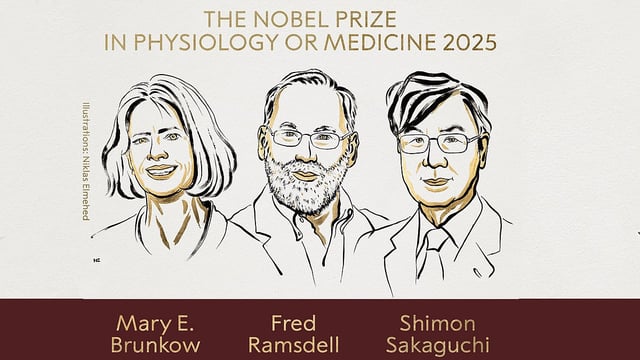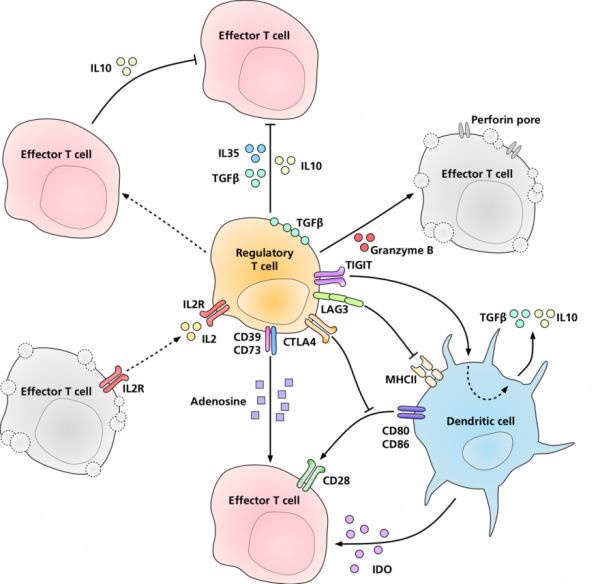Overview
- Mary E. Brunkow of the Institute for Systems Biology, Fred Ramsdell of Sonoma Biotherapeutics and Shimon Sakaguchi of Osaka University share the 11 million Swedish kronor prize for foundational discoveries in peripheral immune tolerance.
- Sakaguchi identified regulatory T cells in 1995 and showed that their loss precipitates autoimmune disease in mice, establishing a key safeguard beyond thymic deletion.
- In 2001 Brunkow and Ramsdell tied Foxp3/FOXP3 mutations to severe autoimmunity in mice and to IPEX in humans, and in 2003 Sakaguchi demonstrated that Foxp3 controls regulatory T‑cell development.
- Clinical studies are testing approaches that expand these cells for autoimmune conditions and transplants or reduce their activity in cancer, using growth‑factor stimulation, polyclonal T‑cell infusions and engineered CAR‑Tregs.
- Researchers report more than 200 trials pursuing Treg‑based or Treg‑modulating strategies, reflecting translational momentum despite the absence of approved treatments.

